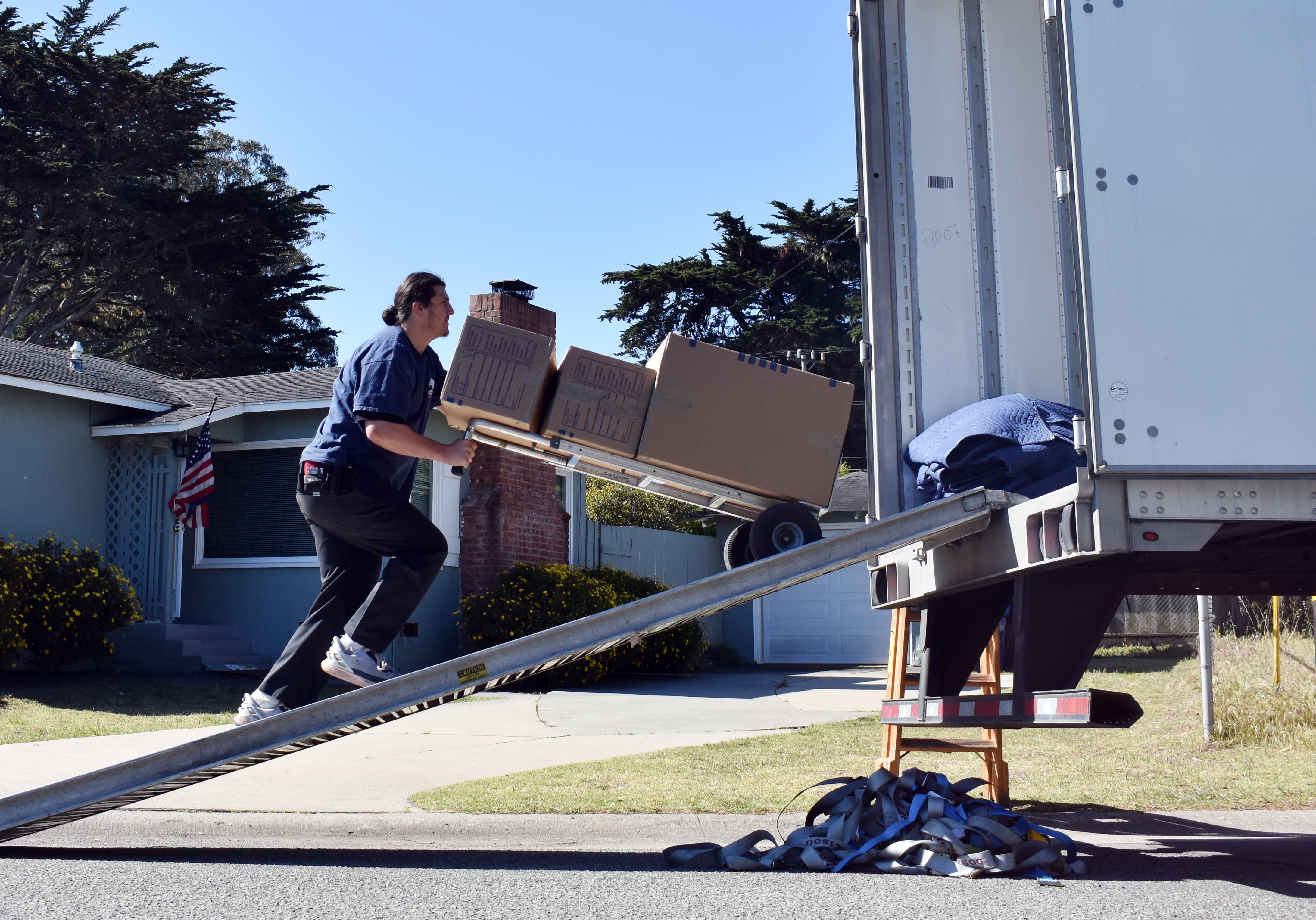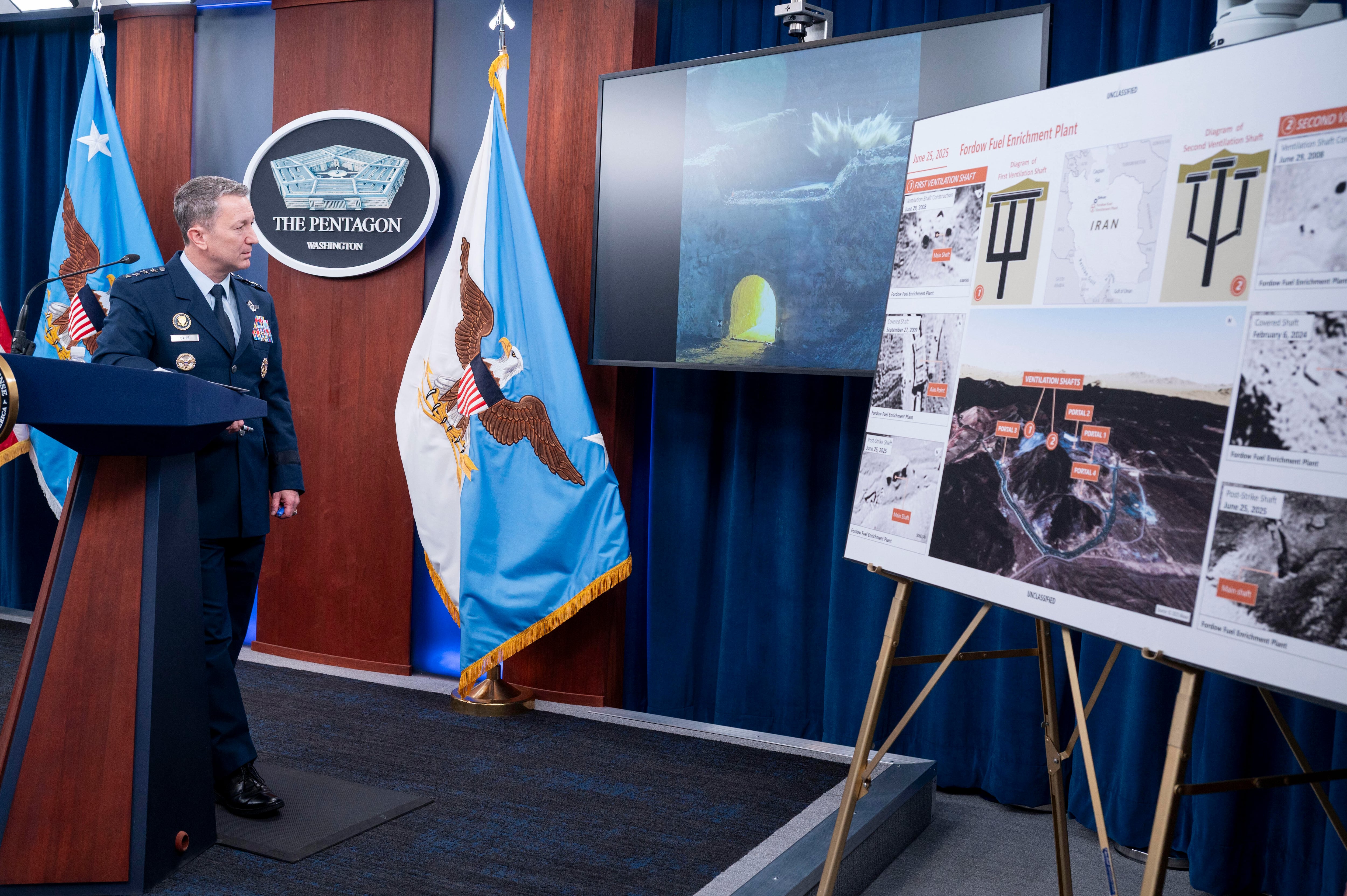It was a busy week for Staff Sgt. Brett Wilson.
In less than 80 hours, the Alaska Air National Guardsman helped investigate a plane crash, rescue a downed pilot, save hikers who had been trapped on a mountain, then got up and went to military training exercises.
"It's been kind of a slow year for us so far, and then it's just picked up," said the pararescueman, or PJ, with the 212th Rescue Squadron. "We're always busy but to get three missions in less than three days is pretty rare."
It all started in the waning hours of Aug. 6.
"We were put on alert Thursday night and then we got our first call around 11, midnight that night," Wilson said.
"That was a plane crash that happened in the Cook Inlet," he said. "Our crew found the plane in the water; it was upside down with the wheels up."
The Air Guard deployed an HH-60 Pavehawk helicopter, an HC-130 King plane and two C-17s borrowed from the active-duty side. Aircraft from the Army, Alaska State Troopers and Civil Air Patrol were also deployed, according to information from the Alaska Air National Guard's 176th Wing.
Search and recovery operations continued on for another three days, But the two people aboard the downed plane were not found.
The PJs had less than 24 hours to wait before the next call came in just past midnight on the morning of Aug. 8.
"Another plane crash at about 12, 12:30 the next night," Wilson said.
A Piper Supercub had gone down in an area known as the Yentna River flats, about 60 miles west of Talkeetna, Alaska.
The pilot was alive but injured, including suffering a broken leg. In less than four hours, Wilson and other Guardsmen deployed — once again aboard an HH-60 and HC-130 — hoisted the pilot into one of the aircraft, and flew the pilot to a hospital in Anchorage.
Then, to round out the weekend, at 6 a.m. on Aug. 9, the squadron was deployed in an HH-60 helicopter to rescue five hikers stranded on a mountainside in the area of Girdwood.
Wilson said the three adults and two children had been hiking when bad weather started to roll in.
"They were unable to move any further because they were on the steep terrain," Wilson said. "They had a couple 14-year-old kids so they were afraid to move."
Fortunately, the group had a cell phone, called 911, and gave rescuers their GPS coordinates.
But the Guard helicopters couldn't reach the site because of heavy cloud cover.
"Myself and another PJ jumped out and we hiked up to them with survival gear," Wilson said. "They were cold and wet. They had spent the night out there."
The Guardsmen gave the hikers food and water, then stayed with them until the group was strong enough to hike back down the slope, about a third of a mile to where the helicopter was waiting. The PJs hoisted the group onto the waiting aircraft, and took them to the hospital for treatment.
"We did three back-to-back missions and rescued six souls," Wilson said.
But the 212th – and their sister squads, the 210th and 211th – weren't done yet. Joint Base Elmendorf-Richardson is hosting Red Flag-Alaska, a multiweek, multinational training exercise that's an extension of the famous Red Flag operation at Nellis Air Force Base, Nevada.
Wilson didn't have much downtime after rescuing the hikers.
"I came home, I packed for Red Flag and left," he said. "I was back to work at about 6 the next morning."
Red Flag is training the PJs to meet a different kind of threat. No longer are severe weather and rugged terrain the biggest obstacles. Now the operation is focusing on combating an active opponent.
"We're simulating fighting this enemy, and say there's an isolated pilot, for whatever reason he winds up on the ground," Wilson said. "We go out and basically pick him up in what would be considered enemy territory. …We'll do foot movement depending on enemy threats, we'll do a patrol to the [pilot], authenticate him, and walk him to an area where the helicopter can pick him up."
Wilson said it's all part of being able to meet any challenge, be it in Alaska or Afghanistan.
"That's where we make our money, we're a reactionary force," he said. "That's why we do all this training. We prepare for certain situations, but when we get there it's not always what we're told its going to be. … It's just being able to make the right decision at the right time and being safe about it."
The PJs can't do their jobs without the pilots, mechanics and hundreds of others at the Guard, Wilson said. He described it as a well-oiled machine.
"Collectively, it's a big group effort," he said. "We can't work without all the cogs working."
Red Flag Alaska is set to run until Friday. But the Alaskan Air National Guard is juggling the training with normal duties.
On Monday morning Wilson was back flying a rescue mission over the Alaskan wilderness.
"I was in the C-130," he said. "It was two hunters … one of them fell and injured his leg."
Once the training operation ends, however, Wilson is going to get some well-earned R&R.
"I’m taking some time off after Red Flag. I’m taking about four days off," he said.





